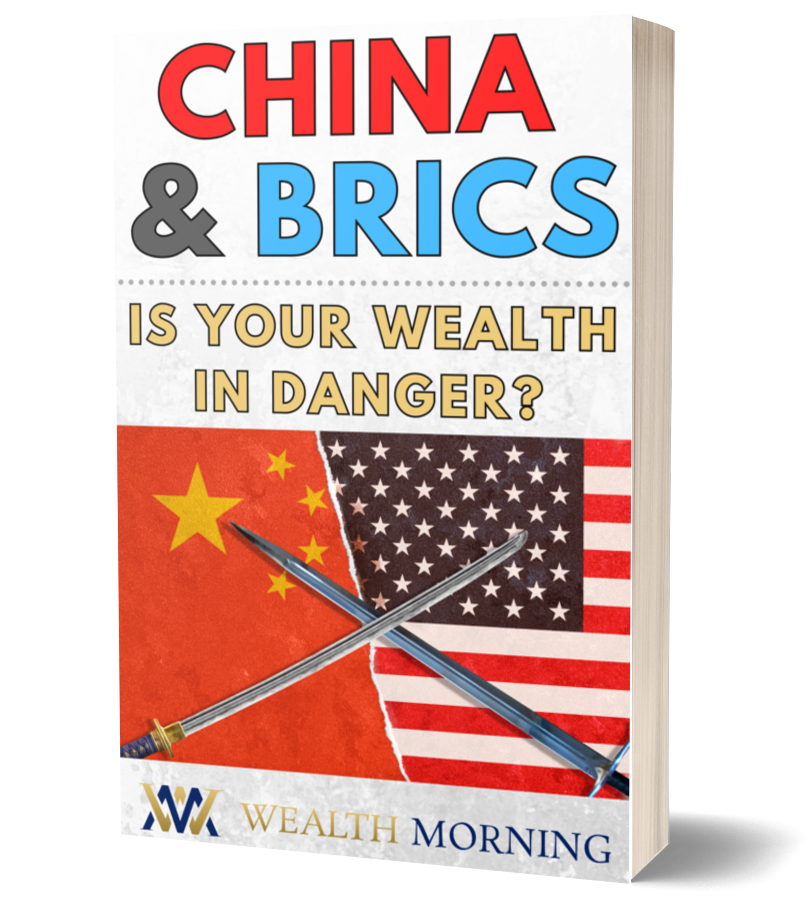Many people like to take a stick with what you know approach when it comes to investing, but alas, sometimes comfort and familiarity can be our downfall. The expression ‘don’t put all your eggs in one basket’ wasn’t coined specifically about investing, but it could well have been.
Smart investors understand that diversification is key to driving long-term investing success and act accordingly. Early-stage investors also usually understand that, yet are often reluctant, for various reasons, to act, one of those reasons being that diversifying can seem a little overwhelming.
If you’re in that boat, then fear not, because we’re here to help. In this post, we’ll run through some easy-to-follow strategies that will help you spread your investing risk.
Start Safe
The easiest way to diversify your portfolio is to invest in an index fund or ETF. Instantly, you’ll have helped to spread the risk to not just a few, but hundreds — or even thousands — of other companies. It requires virtually no effort, pretty much every seasoned investor on the planet invests in index funds and ETFs, and the fees are pretty much non-existent. It also avoids the issue of figuring out which specific companies you want to invest in. In other words, it’s a no-brainer.
Learn About the Core-Satellite Approach
Do you know about thecore-satellite approach? It’s an investing strategy that helps to minimize risk while also providing an opportunity for you to make gains that go beyond the returns you’d get from having all your money in an index fund or ETF.
The strategy is this:
- Keep 70-80% of your portfolio in index funds/ETFs.
- Dedicated the remaining 20/30% to other investments.
This approach is good because it allows for diversification while also keeping things interesting. You’ll have the peace of mind of knowing that the bulk of your portfolio is safe and secure (well, as safe as the leading index funds are; that is to say, pretty darn safe), while also keeping some of your portfolio open for investing in companies of interest. The core will keep things ticking along, while the satellites might just turn out to be the investments that generate real wealth.
Diversifying Your Asset Classes
Experienced investors typically aim to have a well-rounded portfolio that is composed of multiple different asset classes and enhanced exposure. While you’ll want to avoid adding multiple at one time, slowly introducing one new asset class at a time can be a great way to diversify without becoming overwhelmed. You may start with stocks, before adding bonds, commodities, orlearning to trade e-mini futures and other specialized assets. This approach helps to reduce risk by ensuring that your portfolio can manage market turbulence effectively; remember, an event that causes one market to tumble can cause another to thrive.
Automate and Forget
Diversifying your portfolio takes time, and that’s something that not every investor has in spades. If you’re unsure whether you’ll have the time/energy to consistently invest in your portfolio, then we’d recommend setting up automatic contributions. That’ll ensure that you can continue to grow your portfolio without having to manually go through the process/make ongoing decisions about where to allocate funds. You can still step in to intervene when you like, but when you don’t, you’ll at least know that you’re continuing to spread your risk.
Have an Upper Limit of Holdings
The more holdings you have, the more complicated things become. That’s fine if you have a team of employees behind you, but if you’re just out there, doing things by yourself? Then it’s easy to become overwhelmed. Many new investors think that having as many holdings as possible is key to diversification, but you’d be surprised at how few you need to have a diversified portfolio. Even having between 5 and 10 broad index funds can do the trick, and that’s more than manageable.
Think Long-Term
Patience can make all the difference to the outcome of your diversification strategy. In fact, it can make the difference to your entire investment strategy. Diversification is about recognizing that you won’t go to the moon (unless one of your satellite investments takes off); it’s a smart, responsible strategy for generating long-term financial stability. In other words — the short-term doesn’t really count. Don’t panic if one of your investments has a bad few weeks; it’s how it performs over decades that counts for the most. Remembering that detail alone can ensure that you avoid being overwhelmed — when in doubt, just keep in mind: it’s a marathon, not a sprint.
(Disclaimer: This content is a partnered post. This material is provided as news and general information. It should not be construed as an endorsement of any investment service. The opinions expressed are the personal views and experience of the author, and no recommendation is made.)





